Shift Towards Electric Vehicles
The transition towards electric vehicles (EVs) is significantly influencing the Automotive Center Stack Market. As governments and consumers alike prioritize sustainability, the demand for EVs is surging. This shift necessitates the integration of specialized center stack systems that accommodate electric powertrains and advanced battery management systems. Recent statistics indicate that the EV market is expected to account for over 30% of total vehicle sales by 2030. This transition not only impacts the design and functionality of center stacks but also encourages manufacturers to innovate in terms of user interfaces and energy management features. Thus, the Automotive Center Stack Market is adapting to meet the unique requirements of electric vehicles, ensuring that they remain competitive in an evolving automotive landscape.
Consumer Preference for Customization
The Automotive Center Stack Market is increasingly shaped by consumer preferences for customization and personalization in vehicles. Modern consumers are seeking unique in-car experiences that reflect their individual tastes and lifestyles. This demand is prompting manufacturers to develop modular center stack solutions that allow for various configurations and features. Recent surveys indicate that nearly 70% of consumers express a desire for customizable infotainment options, which can include personalized themes, app selections, and interface layouts. As a result, the Automotive Center Stack Market is responding by offering more flexible and adaptable designs, enabling consumers to tailor their vehicle's center stack to their specific needs and preferences. This trend not only enhances user satisfaction but also drives innovation within the industry.
Integration of Connectivity Solutions
The integration of connectivity solutions is a pivotal driver in the Automotive Center Stack Market. With the rise of the Internet of Things (IoT) and 5G technology, vehicles are becoming increasingly connected, allowing for real-time data exchange and enhanced user experiences. This connectivity trend is reflected in the growing demand for features such as over-the-air updates, remote diagnostics, and in-car Wi-Fi. Market analysis suggests that the connected car market is expected to reach a valuation of over 200 billion by 2026, highlighting the importance of connectivity in automotive design. As a result, manufacturers are prioritizing the development of center stack systems that can seamlessly integrate these connectivity features, thereby positioning themselves competitively within the Automotive Center Stack Market.
Rising Demand for Infotainment Systems
The Automotive Center Stack Market is experiencing a notable increase in demand for advanced infotainment systems. As consumers seek enhanced in-car experiences, manufacturers are integrating sophisticated multimedia systems that offer navigation, entertainment, and connectivity features. According to recent data, the market for infotainment systems is projected to grow at a compound annual growth rate of approximately 10% over the next five years. This trend is driven by the increasing preference for seamless smartphone integration and voice-activated controls, which are becoming standard in modern vehicles. Consequently, automotive manufacturers are investing heavily in the development of innovative center stack solutions that cater to these consumer preferences, thereby propelling the Automotive Center Stack Market forward.
Increased Focus on Driver Assistance Technologies
The Automotive Center Stack Market is witnessing a heightened focus on driver assistance technologies, which are becoming integral to modern vehicles. Features such as adaptive cruise control, lane-keeping assistance, and automated parking are increasingly being integrated into center stack systems. This trend is supported by data indicating that the market for advanced driver-assistance systems (ADAS) is projected to grow significantly, with estimates suggesting a compound annual growth rate of around 15% over the next several years. As these technologies become more prevalent, automotive manufacturers are compelled to enhance their center stack designs to accommodate the necessary displays and controls. Consequently, the Automotive Center Stack Market is evolving to incorporate these advanced functionalities, thereby improving overall vehicle safety and user experience.


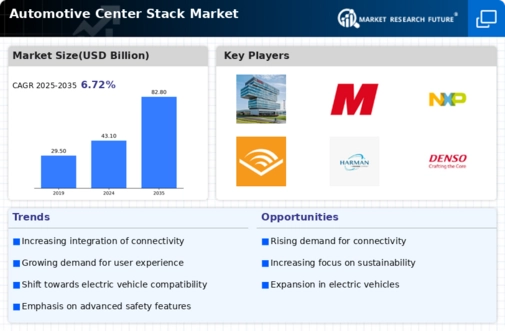
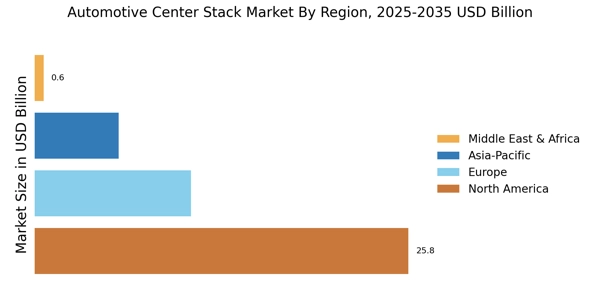

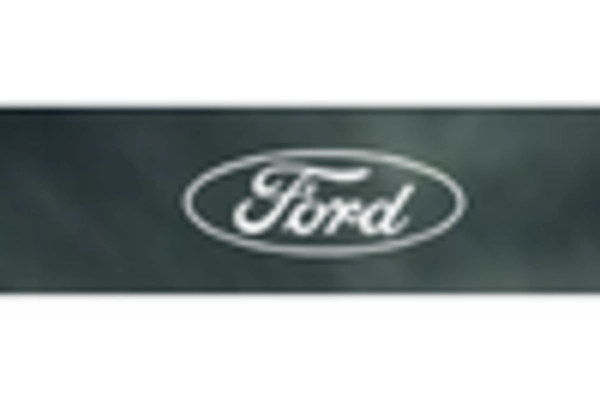
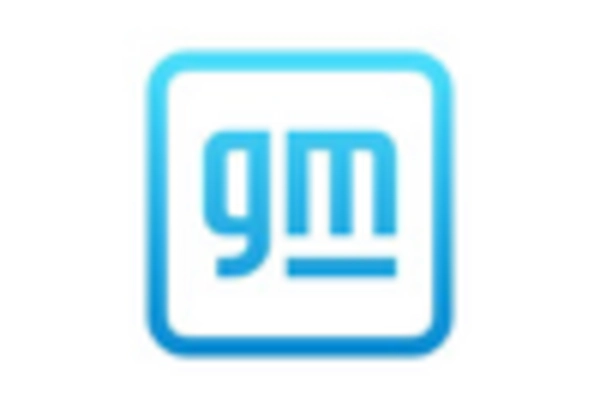
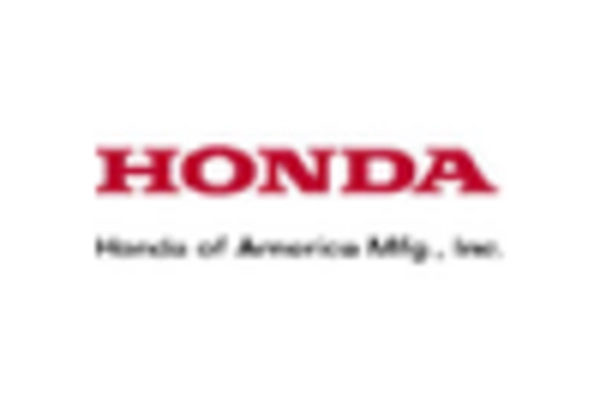
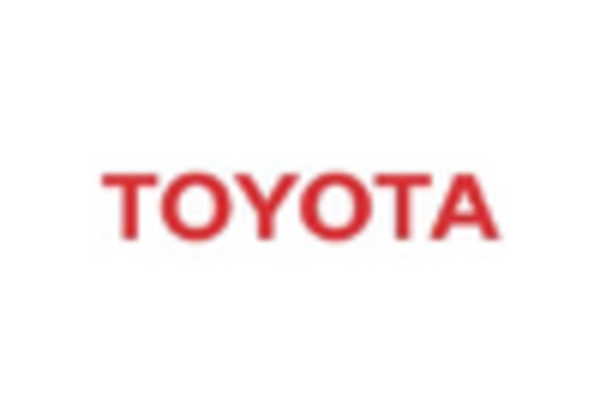









Leave a Comment